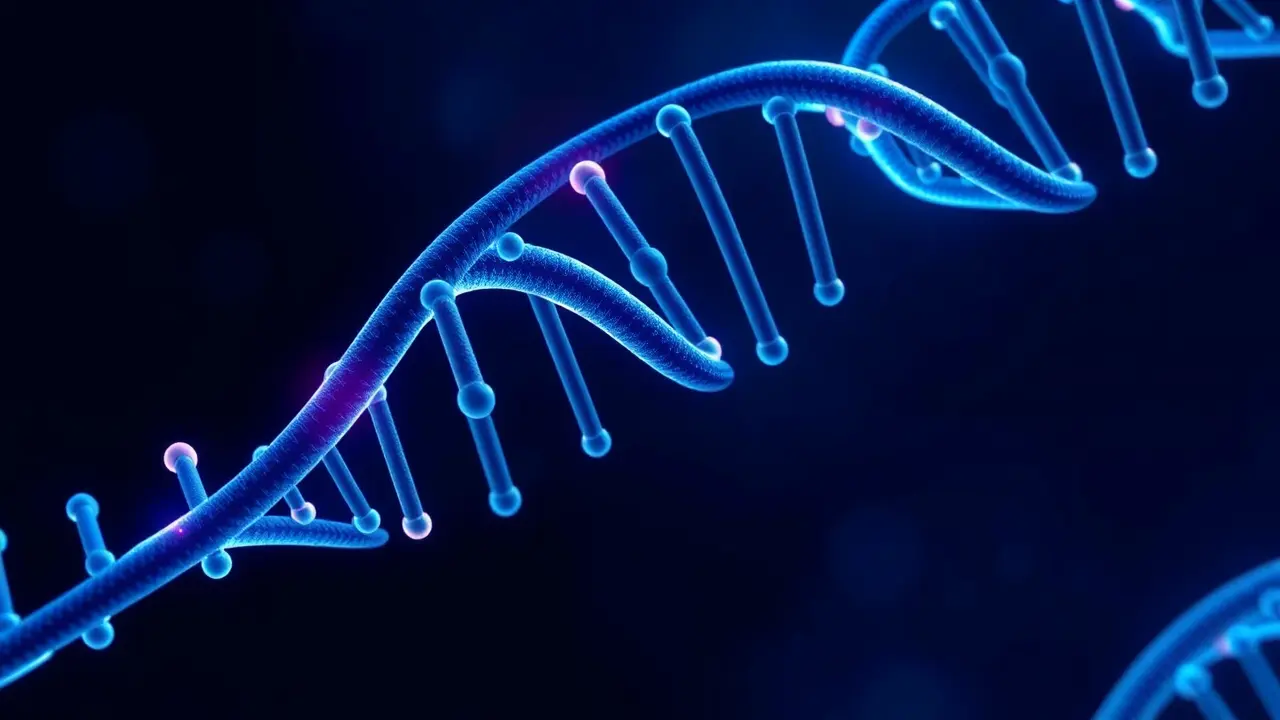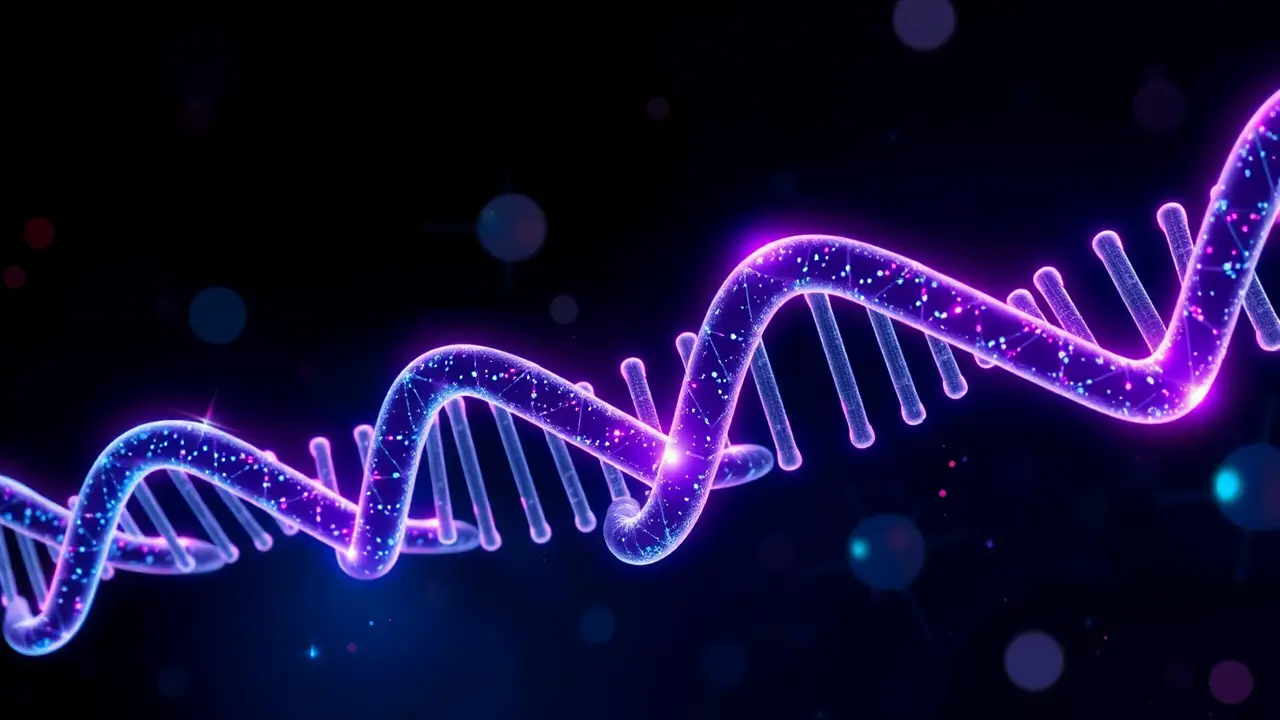
SciencemedicineCancer Research
The rarest element on Earth could revolutionize cancer treatment
KE
Kevin White
2 hours ago7 min read2 comments
In the high-stakes arena of oncological innovation, where the battle against cancer is increasingly fought at the molecular level, a breakthrough from Texas A&M scientists is poised to recalibrate the entire theater of war. They've unlocked the profound, yet perilously fleeting, potential of astatine-211, arguably the rarest naturally occurring element on Earth.This isn't merely another tool for the medical arsenal; it represents a paradigm shift toward a form of targeted alpha therapy (TAT) so precise it borders on the teleological. Astatine-211 operates on a brutal, beautiful principle: its alpha emissions are the equivalent of a cellular smart bomb.These particles, consisting of two protons and two neutrons, pack a devastating punch capable of irrevocably shredding the DNA of tumor cells, but their journey is astoundingly short—spanning just a few cell diameters. This means that once a bioconjugate drug, a kind of biological homing missile, delivers the astatine-211 isotope directly to a cancer cell's surface, the resulting alpha particle unleashes its cytotoxic fury with surgical precision, leaving the surrounding healthy tissue virtually unscathed.The contrast with conventional radiotherapy, which often employs gamma or beta rays that can scatter and damage a wider area, is stark. It’s the difference between using a precision-guided munition and carpet-bombing an entire city block to eliminate a single target.The element itself, however, is a ghost. First synthesized in 1940 and named from the Greek 'astatos' meaning 'unstable,' it's so radioactive that a visible lump of it would instantly vaporize from its own heat.Its most stable isotope has a half-life of a mere 8. 1 hours, creating a logistical nightmare for production and distribution that has historically relegated it to laboratory curiosities.This is where the Texas A&M work becomes critical, likely focusing on optimizing production routes, typically via cyclotrons bombarding bismuth-209, and developing more stable radiopharmaceutical 'chelators' to bind the atom securely to its antibody delivery vehicle until the moment of impact. The implications for treating micrometastases—the tiny, scattered colonies of cancer cells that are the primary cause of relapse and death—are monumental.For cancers like recurrent ovarian, certain leukemias, and aggressive brain tumors, where clean surgical margins are impossible and traditional chemo fails, astatine-211 offers a beacon of radical hope. Yet, the path is fraught with challenges that extend beyond its ephemeral nature.The global supply chain for this isotope is virtually nonexistent, requiring a network of specialized nuclear facilities near major medical centers. Furthermore, the regulatory pathway for such a potent alpha-emitter is uncharted territory for agencies like the FDA, demanding new protocols for safety and efficacy. But the vision is clear: we are edging toward an era of truly personalized, nuclear medicine, where a patient's treatment is not just a drug, but a uniquely crafted atomic event, a fleeting, rare spark designed to seek and destroy with a finality that was once the stuff of science fiction.
#featured
#astatine-211
#cancer treatment
#targeted therapy
#alpha emissions
#isotope
#Texas A&M
#oncology
Stay Informed. Act Smarter.
Get weekly highlights, major headlines, and expert insights — then put your knowledge to work in our live prediction markets.
Related News
Comments
Loading comments...
© 2025 Outpoll Service LTD. All rights reserved.








